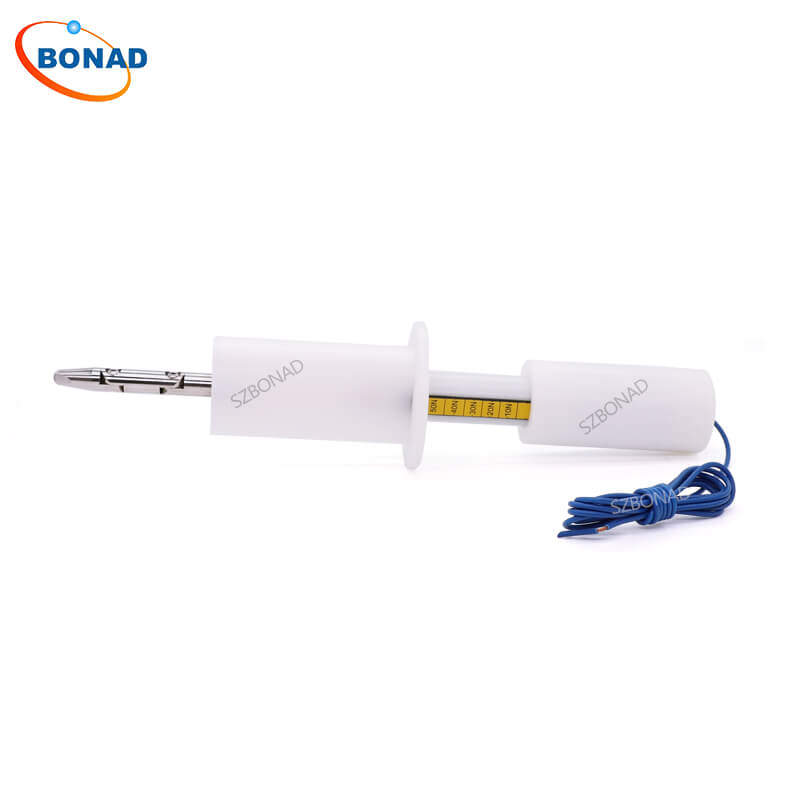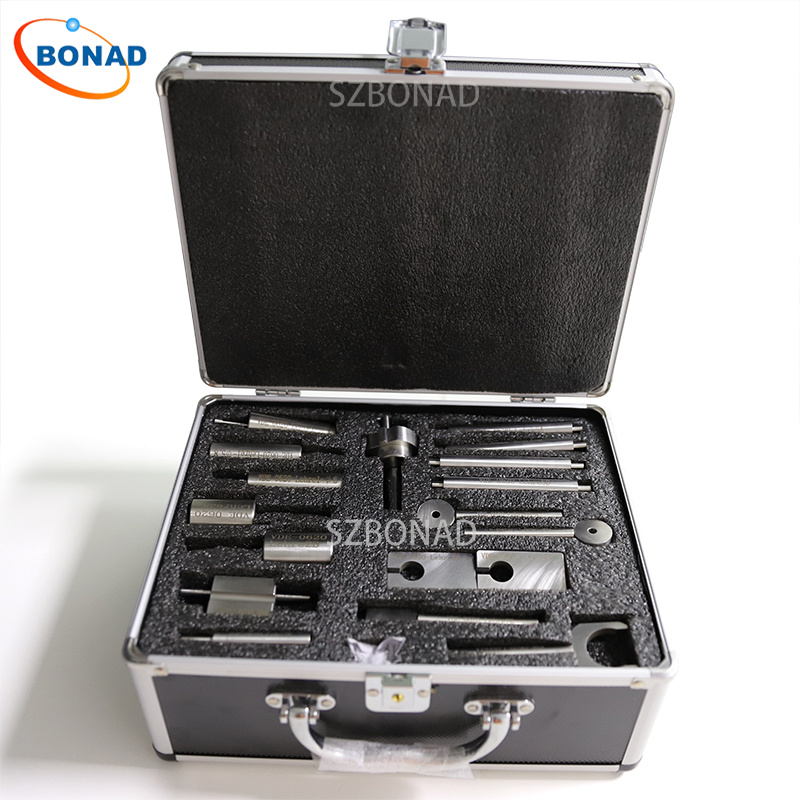What is IP2X Testing?
IP2X testing is a specific type of ingress protection evaluation that assesses how well a product can guard against solid foreign objects smaller than 12.5mm in diameter. An IP2X rating signifies that the product is shielded from the intrusion of objects larger than 12.5mm in diameter and longer than 80mm.
The IP2X Testing Procedure
The IP2X testing procedure entails subjecting the product to various tests to verify its ability to protect against solid foreign objects. A jointed test finger is used during this process to probe the product’s enclosure for any openings that might permit entry.
This jointed test finger has a diameter of 12mm and includes a rigid sphere with a 12.5mm diameter. If this test finger cannot penetrate the enclosure, the product successfully passes the test and earns an IP2X rating.
Importance of IP2X Rating
For designers and manufacturers, achieving an IP2X rating is crucial when creating products intended for environments where small solid particles may be present. This encompasses settings such as laboratories, food processing plants, and medical facilities, where even minor contamination could lead to significant issues.
Steps to Complete IP2X Testing
To conduct an IP2X test, a 12.5mm diameter test finger is employed to examine the enclosure for any openings or gaps that might allow solid objects to enter. This jointed test finger is applied with a force of 10N to any potential entry points.
The test covers all accessible surfaces of the enclosure, including sides, top, bottom, doors, and panels. Any joints, seams, or other areas susceptible to gaps are also tested.
If the test finger does not penetrate or only enters up to a depth less than 80mm, the enclosure qualifies for an IP2X rating. However, if it penetrates deeper than 80mm, the enclosure fails to meet IP2X standards.
It’s essential to understand that IP ratings are cumulative; hence an enclosure meeting IP2X standards also complies with IP1X requirements but not necessarily higher ratings offering enhanced protection against smaller particles or dust.
Benefits of IP2X Testing for Manufacturers
Compliance: Regulatory bodies and standards organizations often mandate IP2X testing to ensure safety compliance. By adhering to these standards, manufacturers can avoid fines and legal complications.
Quality Assurance: Subjecting enclosures to IP2X testing ensures they meet claimed protection levels, fostering customer trust and potentially boosting sales.
Design Improvement: The testing process can highlight design flaws or weaknesses in enclosures, enabling manufacturers to enhance their products’ protective capabilities and quality.
Competitive Advantage: Achieving an IP2X rating can set a product apart from competitors by offering a unique selling proposition based on superior protection levels.
By ensuring compliance with IP2X rating criteria, manufacturers can deliver products that are safe, reliable, and versatile for various environments and applications.
Professional Protection Level Test Equipment – BONAD



